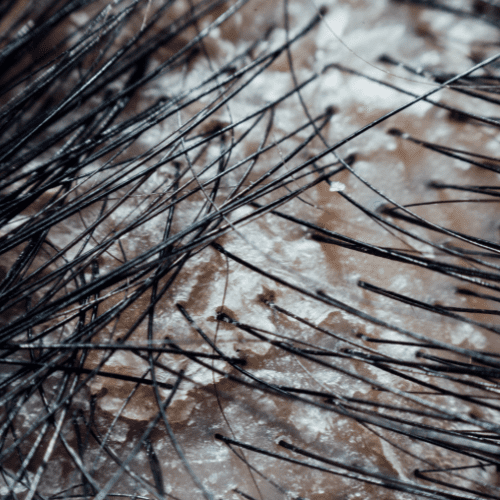Male Pattern Baldness: Causes and Stages
Male pattern baldness, clinically known as androgenetic alopecia, is a common form of hair loss that affects a significant proportion of men. The condition is primarily influenced by genetic predisposition and hormonal changes, particularly the action of dihydrotestosterone (DHT) on susceptible hair follicles. The progression typically follows distinct stages, as categorized by the Norwood scale. These stages range from minimal thinning at the temples to advanced balding on the crown and frontal areas. Understanding the causes and stages of male pattern baldness is crucial for effective management and treatment options, which may include medications, hair transplants, or lifestyle adjustments.










